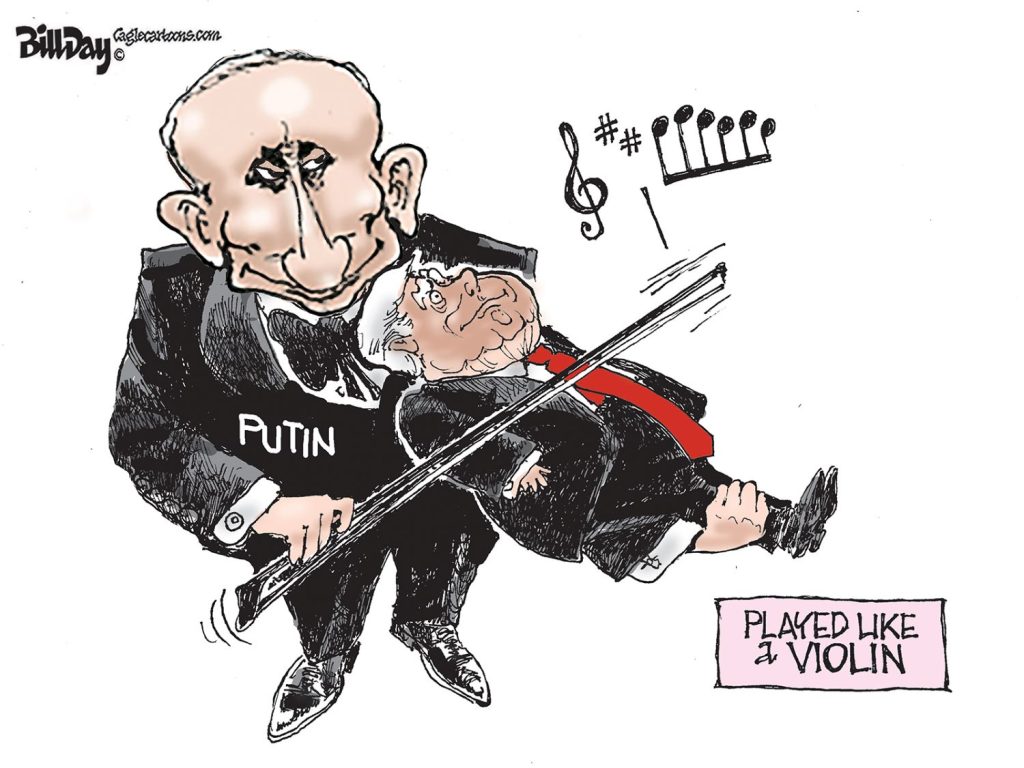This post was written by Steve Lockwood, executive director of the 15-year-old Frayser Community Development Corporation. He has led the CDC’s work in this historic neighborhood annexed by Memphis in 1958 for about a dozen years. The work of the CDC is inspirational, it informs work in other neighborhoods, and it is crucial to the future of Memphis itself.
by Steve Lockwood
Yes, our problem is not gentrification. Our problem is that many of our neighborhoods are too cheap, not the other way around.
Where is the outrage or concern that we have neighborhoods where houses sell, on average, for less than $30K?
These are communities, largely African-American, where people who bought 20 years have built no equity. These same neighborhoods, due to their low value, do not attract capital – investors or home owners – who will buy and fix.
Why invest in a home that is worth very little, even after you’ve fixed it up?
No one I know wants neighborhoods that are strictly low income, yet virtually all subsidy funds dictate selling or renting to low or very low income families only. If you use subsidy funds from the City, State of Feds, you must turn down middle class tenants and buyers, thus perpetuating the problem.
Rising prices, in low value communities, will dramatically help the owners that remain. Yes, they will pay more taxes, but that is worth the price if your home value increases. We have set a goal, in Frayser, of raising the average sale price from $30,000 to $60,000. It is true, you do have to guard that low income renters do not get forced out.
However, current rental rates in low value neighborhoods are so low that apartment complexes are not profitable. Consequently, owners will not reinvest. Most low income, low value neighborhoods in Memphis have nothing but C/D grade apartments, if not downright abandoned.
Memphis has never had a strategy to defend its residential tax base. Low income neighborhoods are the primary victim of our willingness to ‘slash and burn’ our older communities. While we know that disinvestment of our existing neighborhoods, with their existing infrastructure, is devastating to our tax base, we continue to build megahighways to facilitate the outflow of capital and people.
The neighborhood in Memphis that has come closest to being gentrified is Cooper-Young. It’s also perhaps the most successful example of revitalization and reinvestment. It is a stable neighborhood in a sea of instability. And when seniors there on fixed incomes find they are straining to pay their taxes, they can sell their dilapidated home (that they were struggling to maintain) for $120,000 and transition into assisted living. That’s an option that residents in low value communities do not have.
There is such a thing as gentrification, it is just not a significant threat to communities in Memphis.





Abso-FREAKLY-lutely!
I mentioned in the comments in a previous post (around December) with regards to fighting poverty. Hard working and responsible inner city families live in their homes for years but build up next to no equity in their homes. THAT is the path to the middle class.
Black families in Brooklyn, Washington, DC and other gentrifying areas were able to build a ton of equity in their homes and thus build family wealth. That just does not happen in Memphis because there is far too much supply on the market.
Should there be a moratorium placed on new developments in the County, one would see home values start to rise significantly with a few years. The benefits would reach communities like Frayser within 10 years
And Frayser is not the only community in Memphis where this problem is developing. I own a house in Berclair that I’ve kept up nicely for years. I still have another 15 years on the mortgage, and it is currently valued at less than I owe on it. That’s great come tax time, but it’s frustrating to know that I’m working to pay a mortgage on a house whose equity has literally vanished in the last five years.
The unfortunate part of this is that the time to do anything with restrictions on development, moratoriums, limits on infrastructure or logical spending caps on “capital improvement” budgets was well over 40 years ago.
Once upon a time this could have been a Memphis vs. Unincorporated Shelby fight (or a responsible planning exercise). Today that ship has sailed. We built the escape routes right up to the boarders of other counties who don’t care what happens on this side and to other states who have active policies to purposefully raid our neighborhoods of anyone or thing of (financial) value. Even within the city limits (or soon to be city limits) we purposefully encouraged the active creation of a low-value region.
Our only success scenario is an extreme growth scenario or an extreme shrink scenario. Either some magic somewhere makes our region so in-demand that in-migration allows city neighborhoods a chance to get creative. But if we are going to stick with “move-the-parts-of-the-pie” policies, then sooner or later we may have to amputate the neighborhoods that put the most strain on the system.
At that time, will we still see Frayser, Westwood and other early-annexed places as necessities for revitalization or will we return them to their previously rural positions in our county? This is what we are now conflicted with… not gentrification.
@ John
Yes, you are right that the horse may be out of the barn now. However, many of the radical ideas (e.g., de-annexing certain areas) will probably not be on the table. So the way I see it, better late than never on having a building moratorium.
I’m w you. Used to love the moratorium idea. 15 years ago it was floating around and had some smart advocates. BUT we can’t control Desoto, Marshall, Tipton and Fayette who are following our poor “growth” example.
I think the convo has to be about how Memphis can do something to help itself and it’s neighborhoods. Our energy may be misplaced trying to prevent others from following a path until we aggresively change ours.
@ John
In retrospect, had the “toy town” issue of the late 90s gone the other way, that would have been great for the city overall. It would have forced the city to be more creative instead of being allowed to continue to annex its way to growth like an ever growing blob. But no sense re-litigating that one either.
Sadly as it stands now, developers are even right now lining up to prepare to build along the new 269 corridor that will only make the sprawl that much worse. It is truly insane as that will completely bypass the urban core. How did that thing pass again?
@ John
I think the idea of deannexing areas such as Frayser and Westwood is very reasonable, though politically difficult especially if the argument takes on racial overtones. But overall the “shrink scenario” seems the most fiscally responsible given our limited pool of money to invest in neighborhoods. I also think we are making an error in assuming that history is linear rather than cyclical. We seem to assume that the great rush east (and now south) will continue forever unabated. Though we aren’t considering that the psychology and preferences of the population may change; especially among the Millenials. I think we are at the crest of the sine wave where suburban development is most valued; this means we are now rushing headlong into a future where the urban environment is most sought after.
@ Chatul
Yes, the local leadership assumes that the 1950s suburban rush will continue forever. The rush east (and south) only happens because that is where zoning/codes and local gov’t investment lead it to happen. The local gov’ts kept approving more and more subdivisions out east and ever wider roads to get people there rather than investing in better public transportation and more creative zoning in the urban core.
Millennials, by and large, will not move to an urban core bereft of strong public transit and transit-oriented development.